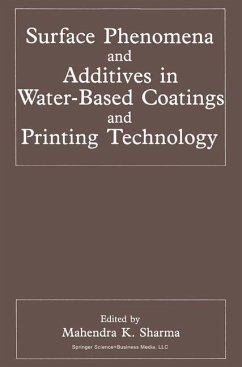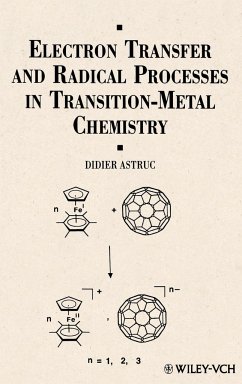
Surface and Colloid Science
Versandkostenfrei!
Versandfertig in 6-10 Tagen
65,99 €
inkl. MwSt.

PAYBACK Punkte
33 °P sammeln!
Taking a critical approach toward novel colloid systems and phenomena, this series provides both the historical development and a digest of recent advances. The current volume focuses on solutions containing surfactants and polymers, with special emphasis on micelle formation and microemulsions.














